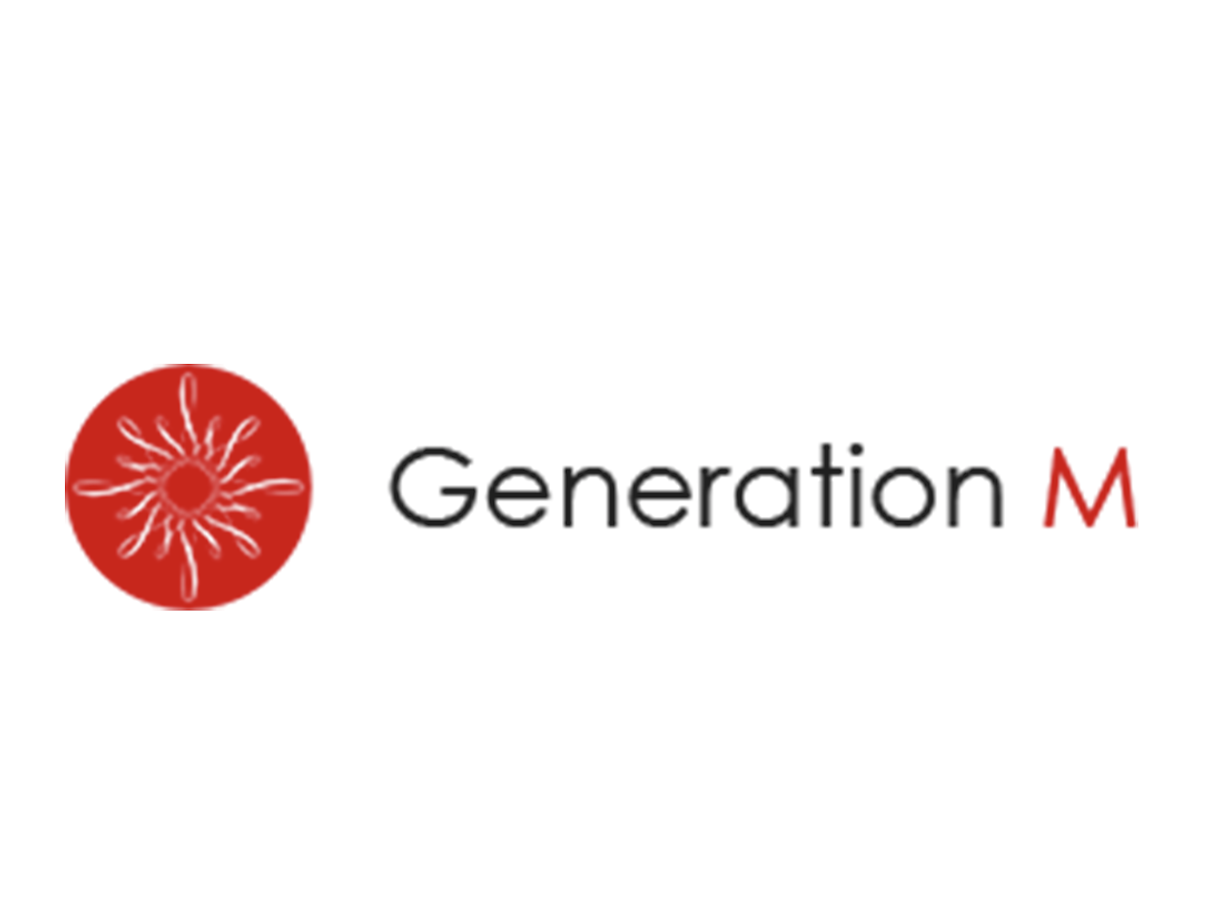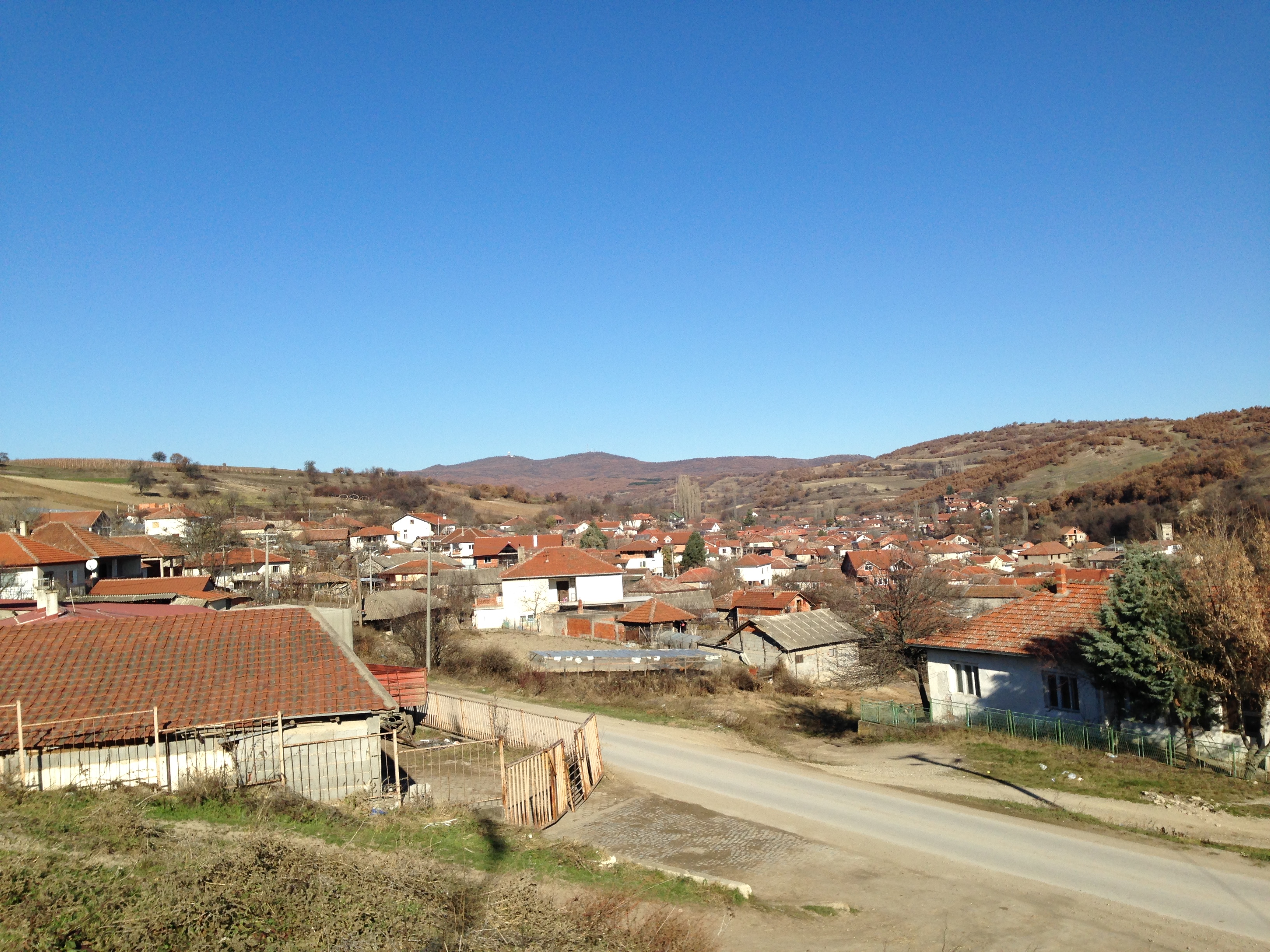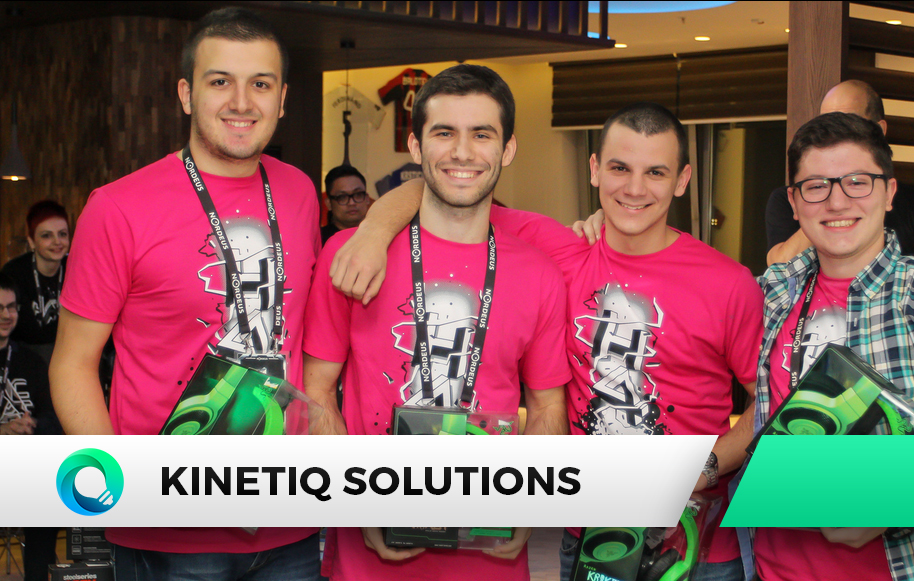Walking down the roads of the village Ivankovci in Veles, one can truly appreciate the way that the picturesque architecture complements the trees and grasses on the hillside. With peaks reaching up to the sky, the air is pure. The lifestyle is simple and comfortable. But, a trip to the more developed metropolitan areas, such as Skopje, reminds one of the stark differences between the rural and the urban realms of Macedonia. And one important difference is affordable Internet access.
Access to affordable Internet, a privilege that many of us who have gone to *stranstvo take for granted, was scarce in the beginning of the 21st century for Macedonian citizens. This scarcity was particularly problematic because while the rest of the world was quickly integrating the Internet into every aspect of daily life, students in Macedonian schools rarely if ever had access to the wealth of information available on-line. In just under a decade, however, all of that would change.
With the support of USAID, the approximately 460 primary and secondary schools throughout Macedonia now have access to this important resource for education in the modern world. USAID also provided many of the same resources to institutions for higher education. Modernizing education in Macedonia by providing Internet access was accomplished through several programs, spanning the years from 2001 to 2007. The time-line of events and initiatives is as follows:
- 2001: USAID provided funding to South East European University in Tetovo, Macedonia. This allowed the University to acquire up-to-date technology for its’ computer center and library, as well as hire instructors that teach business administration and computer science and technology courses.
- 2002: The USAID’s Creative Teaching and Learning Project installed 63 media labs with computers capable of accessing the Internet in 45 primary schools and 18 secondary schools.
- 2003: Due to the progress so far, only 4% of the whole population had Internet access.
- 2005: Through the E-School Project, USAID installed computer labs in the primary and secondary schools in Macedonia. First, the 2,000 computers donated from China were installed in all 100 of the secondary schools. Then, another 3,300 computers were installed in wireless labs in the 360 primary schools.
- September, 2005: USAID’s Macedonia Connect Project helped provide Macedonians with accessible and affordable broadband internet. Due to this step, 550 primary schools, secondary schools, university departments, and educational-support organizations have access to high-speed internet.
- 2007: The project wrapped up, and approximately 95% of the population had access to affordable Internet.
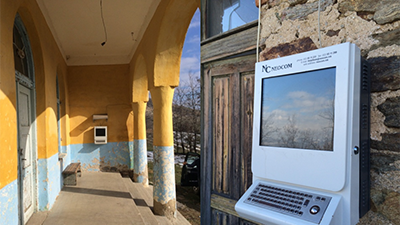
Granting the rural citizens access this increasingly important commodity certainly helped curtail the education gap between urban and rural Macedonians. Moreover, it also provided the country’s ethnic minorities, the Romani (2.66% of the population) and Albanians (25.2% of the population), access to the same quality education. For a long time there was quite a disparity between the lifestyles of ethnic Macedonians and the aforementioned ethnic minorities. These minority groups primarily live in the countryside, alongside Macedonians of a low-income background. Due to generations of segregation, the Romani and Albanians had experienced a lower quality of life. In their efforts to aid the Romani population, USAID, in cooperation with the Macedonian government, enacted the Roma Education Project, with its goal being:
To close the gap in welfare and living conditions between the Roma and the non-Roma.
To this end, USAID in 2004 provided 269 Romani students in secondary schools and 31 Romani students at university with scholarships intended to encourage higher levels of Romani enrollment in institutions of higher education. The project also established Roma Educational Centers for out-of-school aid in Skopje, Kumanovo, and Prilep. As for the Albanian population, Zoran Popovski, Secretary of State for Education and Science, said of the Macedonia Connects initiative in a 2005 interview with the BBC that:
It should serve as a very useful tool for interactive communication between multi-ethnic schools.
Internet connectivity in Macedonia, thus, not only serves to connect wealthy urban students with educational opportunities that match those available in many Western industrialized nations. It also enables the citizens of Macedonia to break down barriers constructed due to generations of wealth disparities and ethnically segregated schools and villages.
Now, on to the technical side of the matter. You may be wondering, “just how exactly did they manage to go from 4% to 95% of the population having Internet access?” Well, close that tab and look no further. Joe Duncan, who serves as the G.B.I. Program Lead for USAID, provides the following explanation:
This connectivity was undertaken through a competitive process where a local Internet Service Provider (ISP) was able to build this nation wide network in just 4 years. Motorola provided the wireless technology solution set, Canopy, a pre-WiMAX solution.
Put into layman’s terms, local ISP’s, such as On.net, create Wi-fi clouds through Strix Systems radio-mesh technology. These “clouds” encompass whole towns and villages and are accessible to anyone with a wireless-enabled laptop upon purchasing a card with wireless credits. Glenn Strachan, Macedonia Connects director, explains that “people will be able to view the various wireless solutions within any given spot in Skopje or Bitola and connect to the Internet just as you might in New York City.”
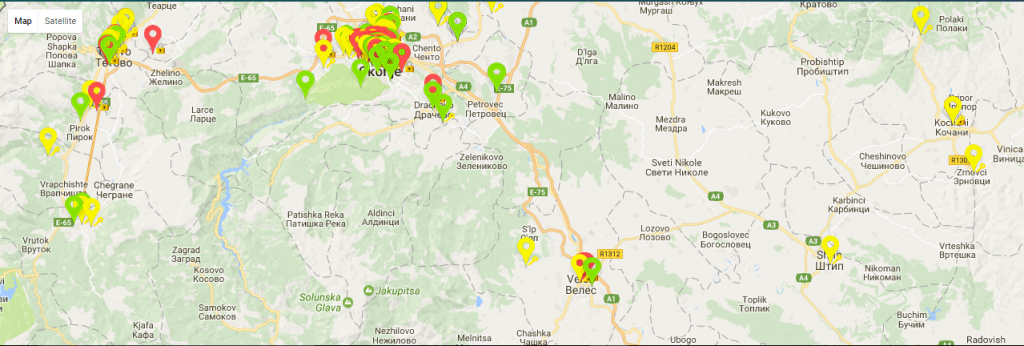
The transition from only a minority of Macedonians having Internet access at the beginning of the century, to nearly all citizens having affordable access in just under a decade placed Macedonia as 92nd in the world in regards to number of Internet hosts, and 79th in the world in regards to fixed Internet broadband subscriptions.
________________________________________________________________________________
*stranstvo: abroad
*pictured above: image of Ivankovci, near Veles, Macedonia.
Notice: The views and opinions expressed in this article do not necessarily reflect those of myself, UMD, and generation M.
